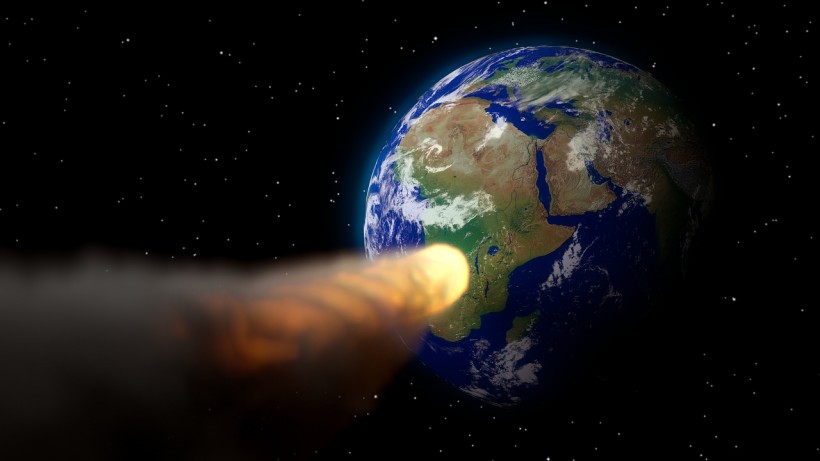Asteroids have struck and passed by Earth multiple times, wherein most gets incinerated in our atmosphere or some reaching the surface. Regardless of the size and potential impact, astronomers from the National Aeronautics and Space Administration (NASA) and other space agencies have monitored these floating space objects, since some could be large enough to be considered as planet killers.
Now, an asteroid with a reported size same as an aircraft will safely fly by buzz through Earth on Thursday, January 19. The chance for a direct asteroid strike or impact is low, since the trajectory of the celestial body indicates it will not likely hit our planet. Given its relatively small size, the asteroid potentially hitting Earth could only result in localized damage.
Asteroid 2020 BP

In a recent update, NASA issued an asteroid warning that the airplane-sized space rock named Asteroid BP 2020 is heading to Earth and is expected to fly by our planet by the end of the week. The space object, measuring 80 feet (24 meters), reportedly travels at thousands of kilometers per hour and will make its closest approach to the Blue Planet at a distance of 3.5 million kilometers (2.2 million miles).
NASA also listed the next five asteroid approaches, through its website under the Jet Propulsion Laboratory (JPL), which includes BP 2020. The following asteroids with their estimated size and that will approach Earth include:
- Asteroid 2023 AT - 42 feet (13 meters)
- Asteroid 2023 AE1 - 40 feet (12 meters)
- Asteroid 2019 BO2 - 67 feet (20 meters)
- Asteroid 2019 BZ4 - 62 feet (19 meters)
Also Read: Asteroid Hits Off the Coast of Iceland, Becoming the Fifth Known Earth Impactor
Asteroid Belt
The asteroid belt is a region in our solar system located between the orbits of Jupiter and Mars. The region consists of asteroid or minor planets that come in different sizes and shapes. The presence of these space objects was made possible during the formation of our solar system approximate 4.5 billion years ago due to the combination of dense cloud of interstellar gas and dust, the US space agency says.
According to the California Institute of Technology (Caltech), the asteroid belt could contain millions of asteroids, and astronomers think that the space region is made up of leftover material from a planet or excess material that were never able to form into a planet.
Some of the space rocks could be measured as very small or less than a mile across, while other can be large, Caltech adds. The largest known asteroid is named Ceres, which has a size one-fourth of our moon.
Apophis Asteroid
However, one of the largest asteroids the pose threat to Earth is called 99942 Apophis, which has a diameter of 1,100 feet (340 meters) across.
After being discovered in 2004, Apophis initially gained its notoriety after astronomers first thought it would hit Earth in 2029.
Yet, latest estimations by NASA suggests the giant asteroid will only make a close encounter on April 13, 2029.
Related Article: Gigantic Asteroid Will Pass By Earth in 7 Years, Do We Have Defense Against Such Threats?
© 2024 NatureWorldNews.com All rights reserved. Do not reproduce without permission.

![Tsunami Hazard Zones: New US Map Shows Places at Risk of Flooding and Tsunamis Amid Rising Sea Levels [NOAA]](https://1471793142.rsc.cdn77.org/data/thumbs/full/70325/280/157/50/40/tsunami-hazard-zones-new-us-map-shows-places-at-risk-of-flooding-and-tsunamis-amid-rising-sea-levels-noaa.jpg)



